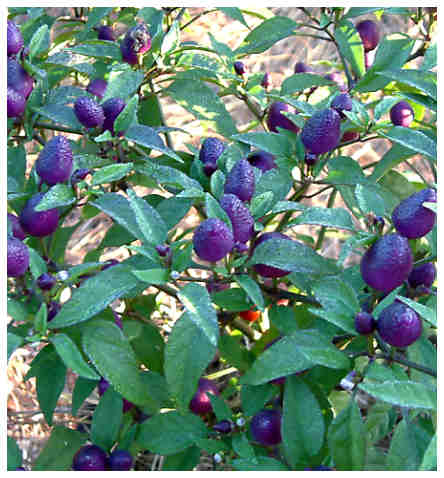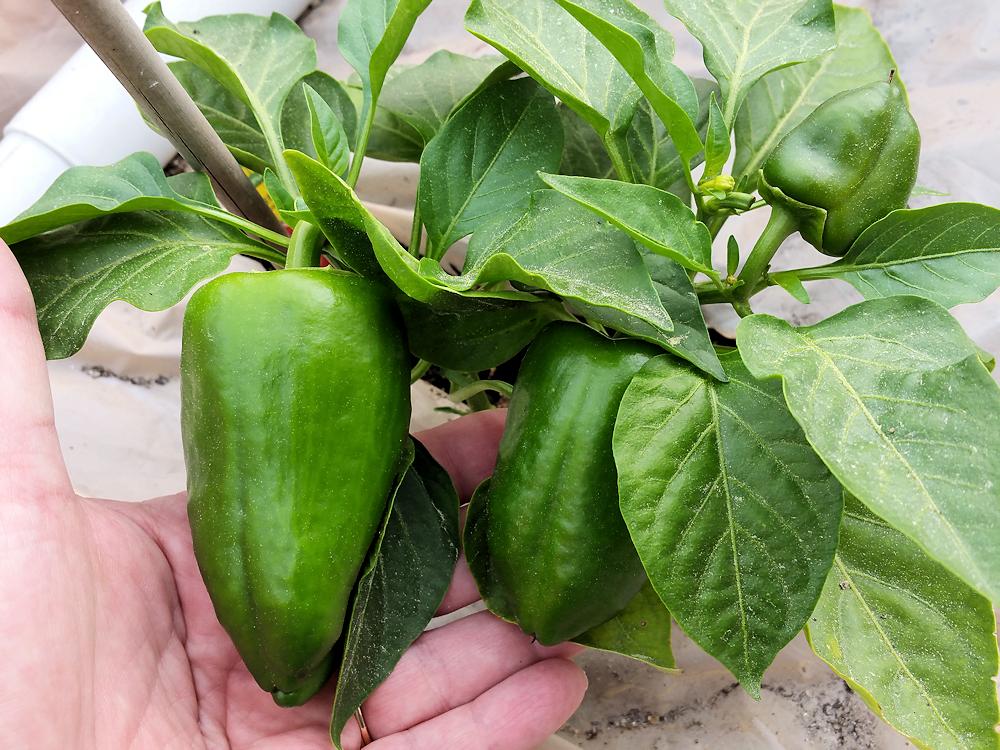what is the scoville rating for pure capsaicin
What Peppers Have Capsaicin?
 What peppers have capsaicin? That’s the question of the day, if you are looking either for hot peppers — or those that are not! So what is capsaicin, and what peppers have it?
What peppers have capsaicin? That’s the question of the day, if you are looking either for hot peppers — or those that are not! So what is capsaicin, and what peppers have it?
What is Capsaicin?
The first thing is to understand what capsaicin is. For one, it’s the component that make spicy peppers taste spicy. In its pure form, it’s highly irritant, but highly diluted (like in your average chili pepper) it can provide that pleasurable kick of heat.
Capsaicin is also used an as ingredient in many medical ointments — surprisingly, as an analgesic! Very interesting for a chemical which is an irritant. Just a little can help relieve pain, while a lot can cause burns.
Capsaicin does not dissolve in water, so if you are eating a pepper and it’s too hot for you, don’t drink water or soda — it will just spread it around your mouth. Instead, something dairy based like sour cream, milk or ice cream will help to cool the burning sensation.
In it’s pure form, capsaicin has a Scoville rating of 16,000,000 (yes, 16 million). And you thought Bhut Jokolia was super-hot at something over 1 million Scoville!
What Peppers Have Capsaicin?
Now that we know what it is, what peppers have capsaicin? A few years ago I would have said that bell peppers don’t have it; however, there are now bell peppers which have it. Not many varieties, but there are at least three that I have heard about. The vast majority of the time, bell peppers will not have the capsaicin in them. (You have to go looking for the bells that have some capsaicin.)
What about other peppers, especially the ones marketed as being “no heat” (like “no heat habaneros”) — do they have capsaicin?
In general, peppers listed as being sweet will not have it, or will have capsaicin in such low quantities as to be absent. Examples include sweet banana peppers and sweet frying peppers. There are also a few ornamental peppers which have very low or no capsaicin — Sweet Pickle and Chilly Chilli are two that come to mind.
- Note: If you are familiar with the seasoning called Old Bay, it has a Scoville rating of about 800. This gives you a point of reference for comparing.
As to the hot pepper varieties marketed as being “no heat” versions of the hot stuff…don’t count on there being no capsaicin in these peppers. What they have is just a little bit (usually under 400 Scoville), and it’s mostly concentrated in the seeds and the placenta (the light membrane on the inside ribs of the pepper). If you remove those before eating, you’ll have reduced your chance of some accidental “hot stuff” a great deal.
One other thing — there is less capsaicin in an unripe pepper. As a pepper ripens, the capsaicin concentrates more. So eating the peppers while they are in their green state (or whatever color their unripe state is) will also help reduce the burn.
Conversely, waiting until the hot peppers are ripe will increase the heat!
Looking for Some Hot Stuff?
I mentioned above that you’ll mostly find capsaicin in the seeds and the placental membrane. However, for the true hot peppers (those marketed as being hot), you’ll also find it in the “meat” of the pepper. And on the outside of the peppers as well.
For example, if you’re picking habaneros, scotch bonnets or any of the super-hots, you’re well advised to wear disposable gloves while doing so. You probably also want to plant the really hot peppers in a corner of the garden where you won’t easily brush up against them. The capsaicin on the exterior of the pepper can transfer to your clothing, and from your clothing to somewhere sensitive.
Been there, done that, it’s not comfortable. But I can’t deny that really hot peppers are super-fun to grow (carefully, LOL)!
Search
Got Peppers?
Email Updates!
Recent Posts
- Pepper Garden Tour Video – July 2020
- Harvesting Peppers – Picking Purple Peppers
- Pepper Garden Walk-Through Video – June 2020
- Planting Grocery Store Bell Pepper Seeds
- Starting Pepper Plants Indoors – Seed Starting Under the Dome
- Planting Pepper Seeds Experiment – Planting Domes
- Growing Peppers Indoors
- Sweet Bell Peppers – Growing
- What Peppers Have Capsaicin?
- What Kind of Soil Do Peppers Like?
- How Long Does it Take to Grow a Pepper?
- Peppers Planned for 2020